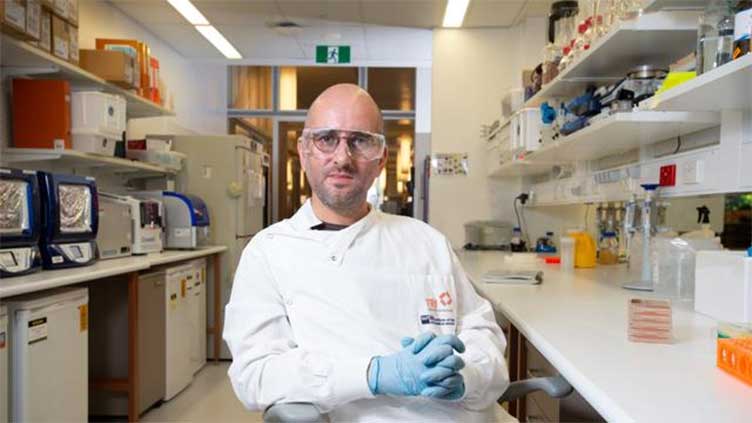AI helps find potential antibiotic sources in nature

Technology
Antibiotics hidden in genetic material found in natural world
(Web Desk) - In a significant leap forward in the fight against antibiotic resistance, an international research team has harnessed the power of artificial intelligence (AI) to uncover almost a million new potential antibiotic sources in the natural world.
Led by Associate Professor Luis Pedro Coelho, a computational biologist from the Queensland University of Technology (QUT), the research team utilized machine learning to analyze over 60,000 metagenomes—vast collections of genetic material from diverse environments, including soil, oceans, and the human gut.
We used datasets that were publicly available. They had generally been collected for other purposes,” Professor Coelho told Interesting Engineering when asked about the collection and utilization of metagenomic data from diverse environments.
VALIDITY OF THE FINDINGS
The innovative AI-powered approach allowed the team to identify a staggering 863,498 promising antimicrobial peptides, small molecules with the potential to kill or inhibit the growth of harmful bacteria.
To validate their findings, the researchers tested 100 laboratory-made peptides against clinically significant pathogens.
“We tested some peptides that were particularly promising, but, importantly, we also tested some peptides chosen completely at random from our dataset (to provide an unbiased estimate of how good our dataset is),” Professor Coelho told IE.
EFFECTIVE AGAINST SERIOUS INFECTIONS
The test results revealed that 79 peptides could disrupt bacterial membranes and 63 specifically targeted antibiotic-resistant bacteria like Staphylococcus aureus and Escherichia coli.
These results are particularly encouraging, as they suggest that these peptides could be effective against some of the most dangerous and difficult-to-treat infections.
BETTER THAN TRADITIONAL ANTIBIOTICS
“What we are measuring is the decrease in bacterial load after topical application of the candidate peptides and comparing to a positive control (which is a clinically-used antibiotic),” stated Professor Coelho.
He highlighted the peptides’ potential for a much more targeted spectrum of activity.
“For conventional antibiotics, even ‘narrow spectrum’ antibiotics still target a large number of organisms, while peptides potentially be much more specific,” Coelho stated.
He also explained how these peptides are much better than traditional antibiotics.
“The fact that antibiotics disrupt the normal gut microbiome should be seen as a negative side effect of taking them. Thus, potentially reducing this side effect could be a large benefit,” asserted Professor Coelho while explaining the benefits of the peptides.


